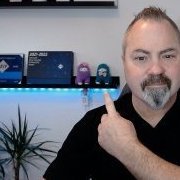
How can I capture an image using capture media in ConfigMgr 2012
By
anyweb, in Configuration Manager 2012

By
anyweb, in Configuration Manager 2012
We have placed cookies on your device to help make this website better. You can adjust your cookie settings, otherwise we'll assume you're okay to continue.